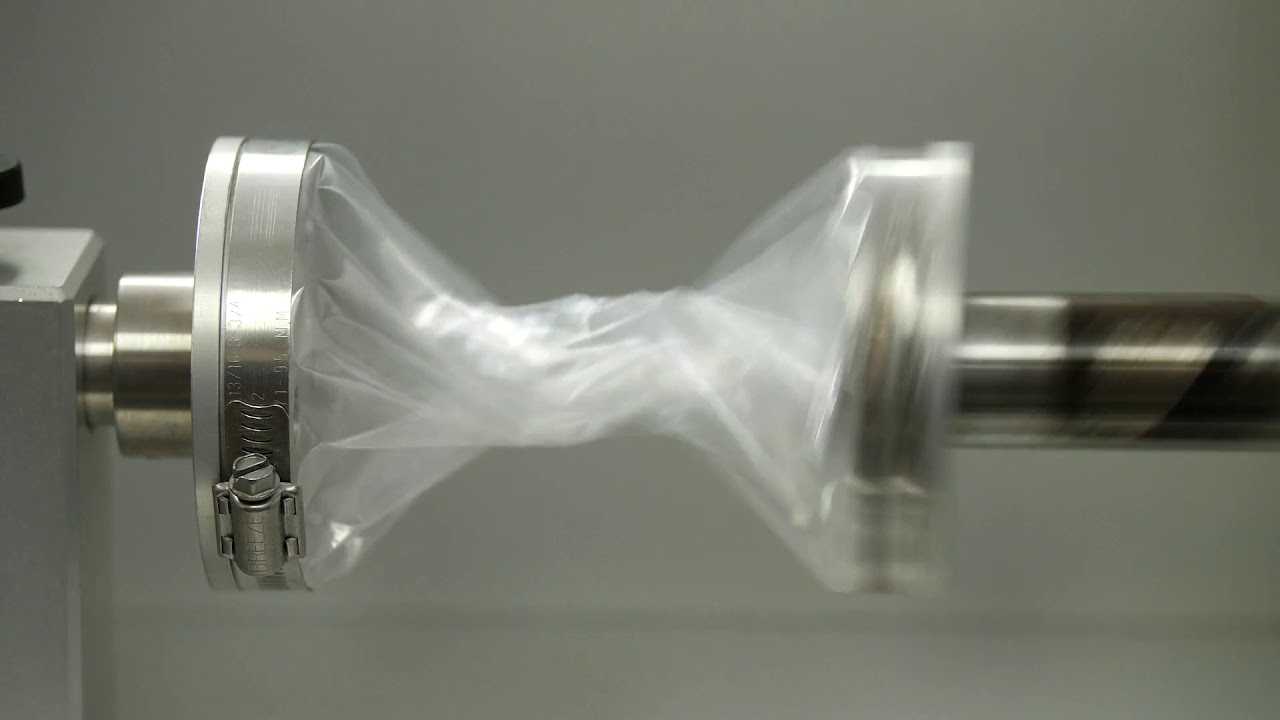The Gelbo Flex Tester has been designed to determine the flex resistance of flexible barrier materials by applying repetitive strain. Pin hole formation is the criteria for failure and are determined by use of colored turpentine by allowing it to stain through the pin holes onto a white backing.
While the sample is being subjected to repetitive twisting and compression cycles on the Gelbo Flex Tester, air is withdrawn from the testing chamber and the particles in the air stream are counted and classified on the particle counter.
Application:
Experiments of disposable or reuseable surgical bedsheet, surgical clothes and clean clothes for patients clinical staff and equipments.
Features:
Rate of cycles: 45 / min
Standards: ASTM F392 conditioning levels A-E
Stroke Distance: 80 or 155 mm
Microprocessor & LCD display
Twisting Angle: 400 deg or 440 deg
Power: 110 or 230 Vac, 50 Hz, 700VA
Home position for easy machine set-up
Dimensions: 410(H) x 1,130(W) x 380(D)
Model: GF-392
Weight: 45 kg unpacked
Standard:
IST160.1, ISO 9073.10 ,ASTM F392,YY/T 5056.6 ,EN 13795-2-2004
Product parameters:
1, sealed torsion room and Air manual machine;
2, twist speed: 60 times / minute
3, twist angle / stroke: 180 ° / 120mm
4, sample fixture: 82.8mm
5, laser particle counter test range: collection of 0.3-25.0um samples
6, laser particle counter flow rate: 28.3L / min, ± 5%
7, sample test data storage: 3000
8, timer: 1-9999 times
Test environment:
Level 5 clean room (ie 100 clean environment)
Basic Structure:
1. Dry lint generator
1) Torsion device: to exert comprehensive force of torsion, compression and recovery
2) Torsion chamber (electrostatic resistance) : an organic glass body with electrostatic resistance which covers the torsion device
3) Air sampler: fixed on a specific location in the torsion chamber. The sample port has a certain shape.
2. Laser dust particle counter
Count and classify the particles in the sampled air.


评论
发表评论